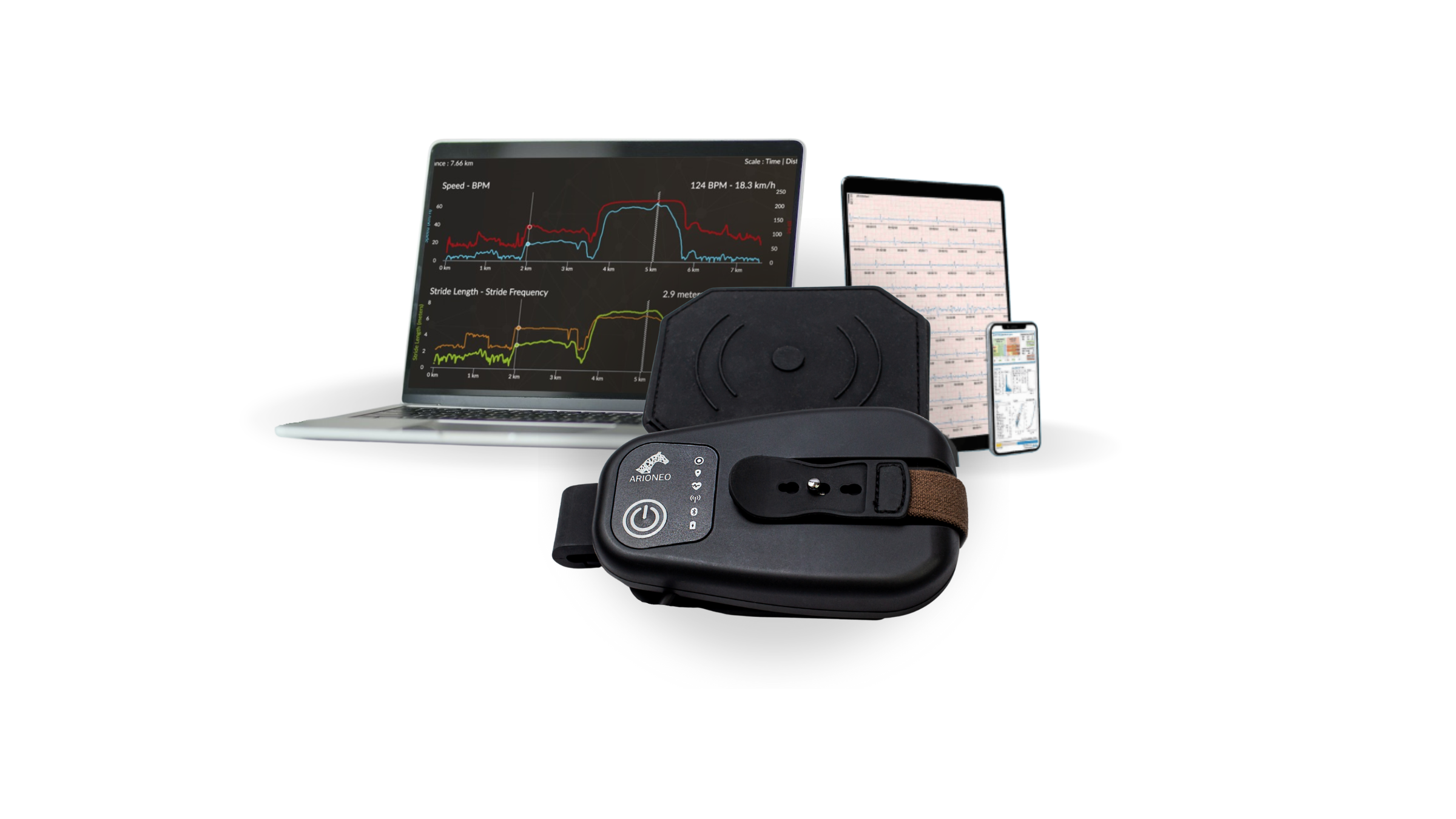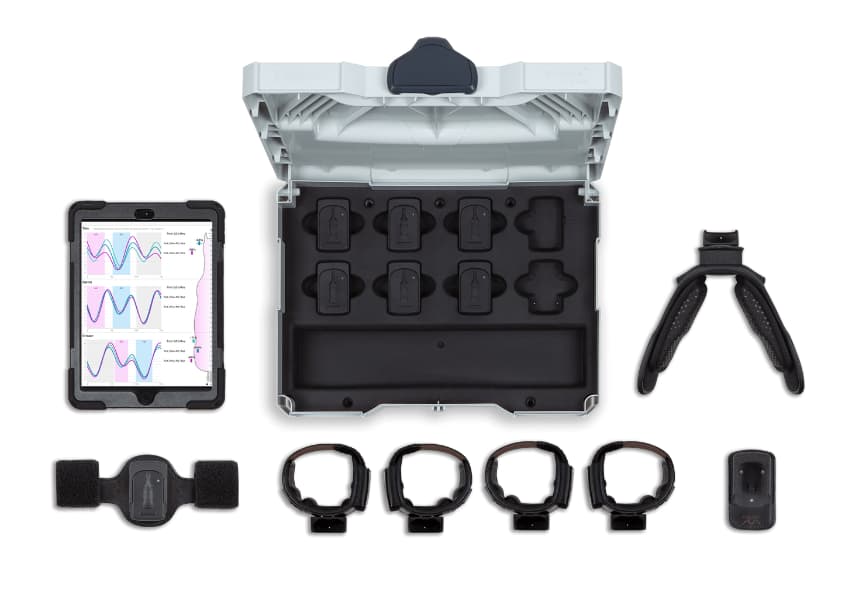ARIONEO VET SERVICES
Cutting-edge tools for equine health professionals
OUR SERVICES
WHY CHOOSE ARIONEO
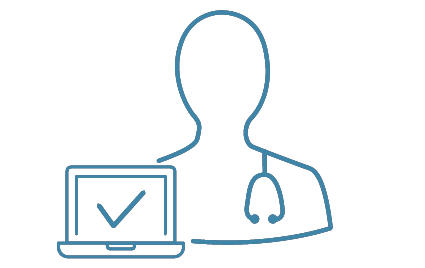
SCIENTIFIC VALIDATION
To meet the needs of professionals and satisfy the requirements of the equine sector, we scientifically validate every breakthrough we make.
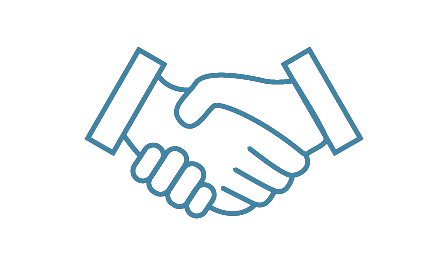
PERSONALISED RELATIONSHIP
We have a unique relationship with each of our partners to leverage the power of data by confronting the numbers to their feelings and experience.

CONTINUOUS INNOVATION AND PRODUCT DEVELOPMENT
We work in collaboration with our users. Our business model was thought to nourish our development by the experience of our customers who directly benefit from the improvements their feedback helped to build.
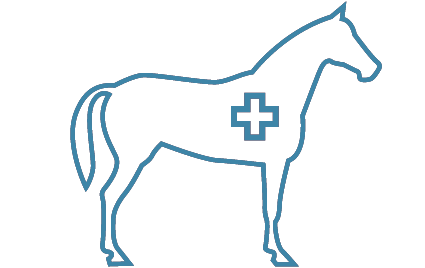
PASSIONATE TEAM OF EXPERTS
Engineers, data scientists, developers, veterinary experts in sports medicine, and researchers contribute every day to the development of the sector and to the improvement of horses’ well being.
SCIENTIFICALLY VALIDATED TOOLS
At Arioneo, the reliability and validation of our products are at the core of our concerns. Our goal is to offer the most authentic products possible to our customers. We are proud to be able to bring scientifically validated, medically accurate technology to our veterinary customers.
CLIENTS TESTIMONIALS
Arioneo’s EQUIMETRE has established itself as a partner in horse health and performance. The quality of the measurements is such that they can be used to diagnose cardiac arrhythmia on the basis of the electrocardiogram recorded.
The EQUISYM system has given a new dimension to my orthopaedic visits. Another way of quantifying anomalies for easier longitudinal monitoring. A more palpable approach for the rider, but also an improved global vision of the implications of each limb in the construction of the locomotor defect.
Arioneo sensors are very easy to use. It used to be quite difficult to collect several heart rate readings from the same horse on different exercises, because you had to go to the stable to install the tool, wait, and so on. Thanks to EQUIMETRE, trainers and riders can install the sensor themselves without having to go to the stables.
EQUISYM ensures optimum traceability of the data recorded and the videos of each locomotor examination. It’s a guarantee of efficiency for precise monitoring of sports rehabilitation.
OUR RECENT ARTICLES

